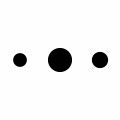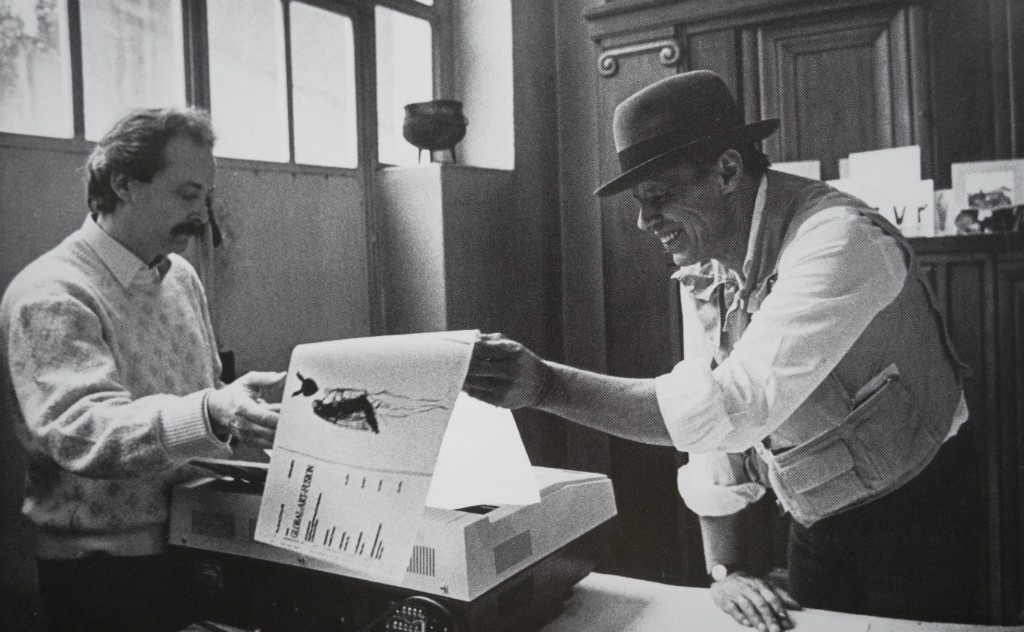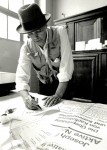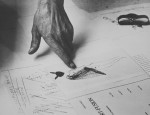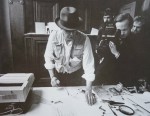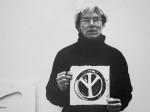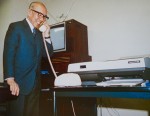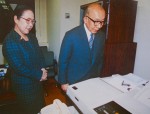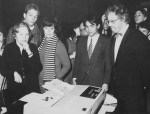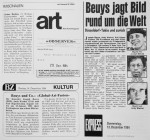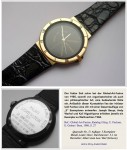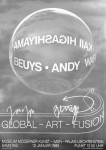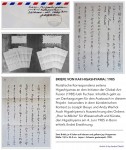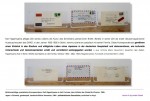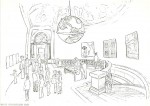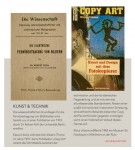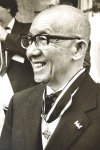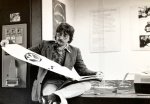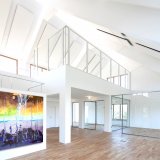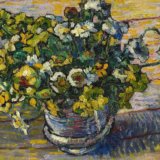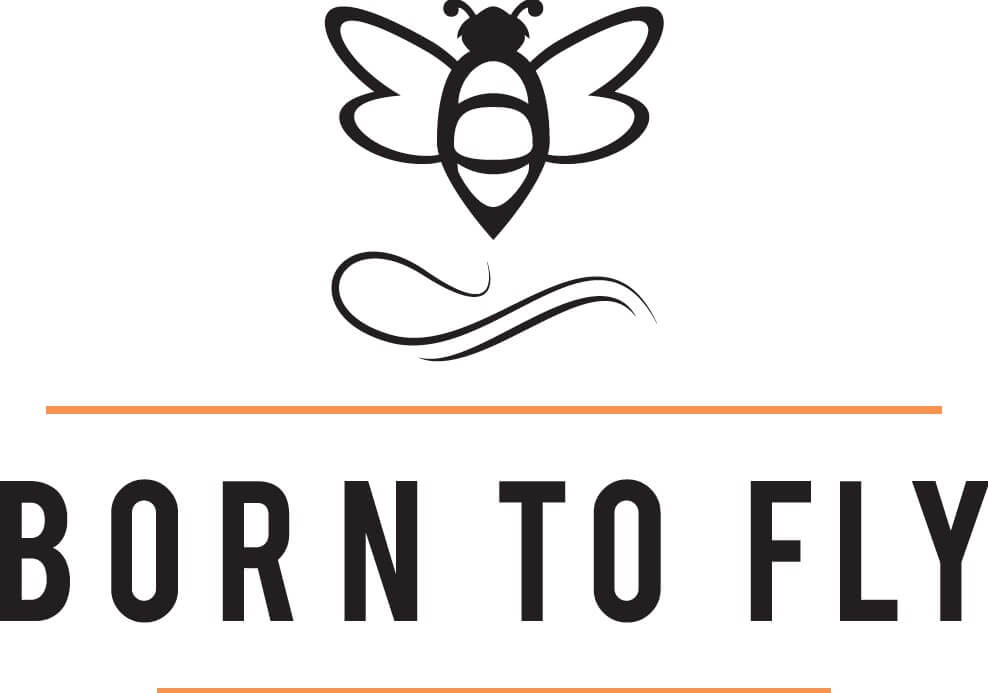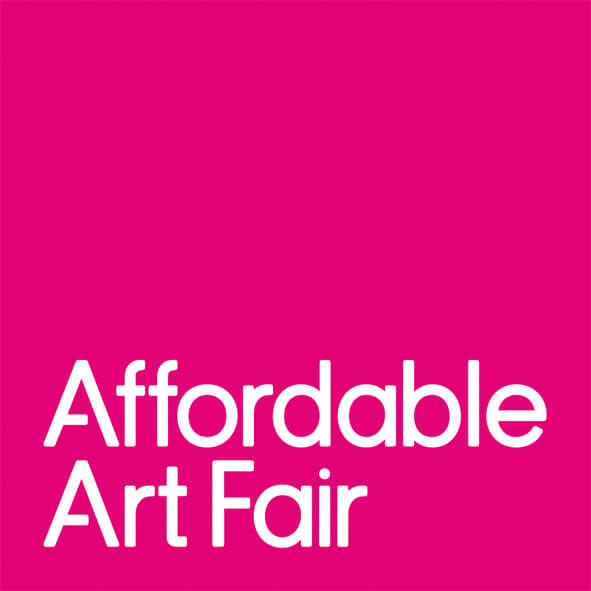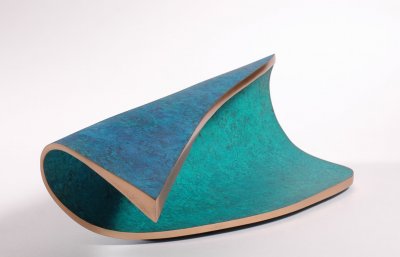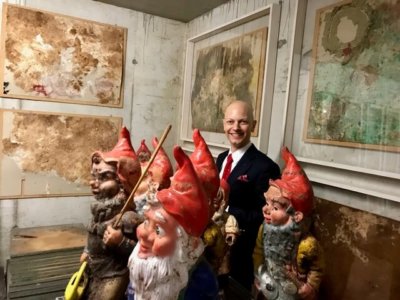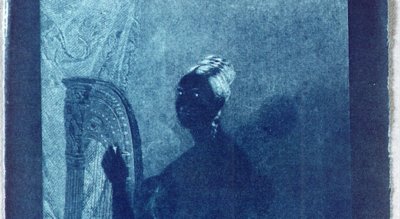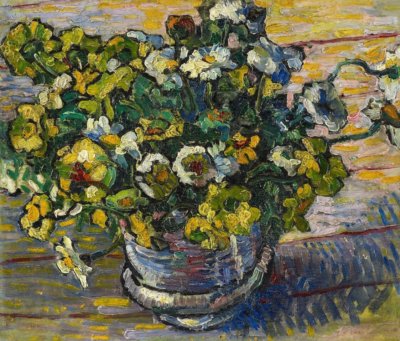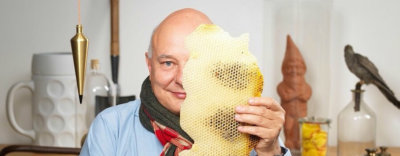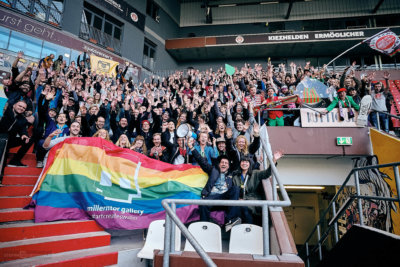BY ANDRÉ CHAHIL | Photo © Eva Beuys, Wenzel Beuys: Research © JOSEPH BEUYS ESTATE
Article in german
VIENNA | January 12th 1985, 12:00am.
In the midst of the breath of the Cold War, a FAX under the sign of peace made a journey around the globe – using modern telecommunications technology at the time. Joseph Beuys drew his share in his studio in Düsseldorf and sent this fax on to Andy Warhol in New York. After the end of his share, the fax was forwarded to Tokyo to the artist Kaii Higashiyama. The result with drawings by all three participants, seemingly in the form of a digital triptych, was finally received at the Museum Moderner Kunst, Vienna’s Palais-Liechtenstein. The intercontinental journey of the transmission lasted a total of 32 minutes. Numerous guests were witnesses of this action with the title: „Global-Art-Fusion“.

Global-Art-Fusion Fax, 1985: Beuys – Warhol – Higashiyama | Archive © Chahil Art Consulting
THE SUJET
For the action, Joseph Beuys (fax, left) chose his work „The Philosopher’s Stone,“ a drawing that at first glance seems difficult to decipher. What can be seen is a naked human being, a tender, floating figure in an attitude that does not speak of the hubris of belligerent powers, but of caution, almost humility. Vulnerable and defenceless in their nudity, the figurative depiction represents the opposite of war and armor. In openness and readiness for touch and communication. Andy Warhol (Fax, centre) drew a striking peace sign in the formal language of Pop Art. A symbol of peace, which has been used and strained since the 1950s to the point of loss of meaning and banality. Nevertheless, it has retained its validity. A symbol which is identified worldwide beyond all borders and is understood wordlessly like a pictogram. Kaii Higashiyama (fax, right) drew two small, delicate plants as a symbol for his message of peace and added this sentence in Japanese: >> Even a weed possesses the precious gift of life. << In a few simple words, this expresses the whole defense against the cruel idea of war and human violence against God-given life. The atomic war could have been declared in 32 minutes with this communication device.
DOCUMENTATION | ARCHIVE
0
>> In addition, it is of the utmost importance to show positive possibilities of using technical achievements without overlooking or concealing their inherent dangers. This is particularly true for a device like the fax: in an emergency, it represents the modern version of the famous red telephone between East and West. <<
Quote, from: Global-Art-Fusion, Catalog | Editors: U. Fuchser, E. Graber | Bern, 1986, page 16.0
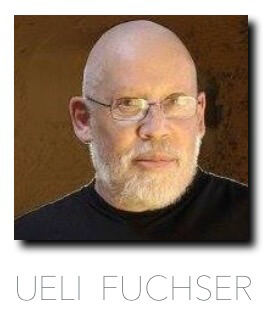
The initiator and organizer of the Global-Art-Fusion project at the time was the conceptual artist Ueli Fuchser from Bern/Switzerland, who convinced the three artists of this unique fax in 1984. Exhibits of this art action are in the collections of the Tokyo National Museum, National Gallery of Scotland, Fondazione Bonotto and Museum für Moderne Kunst in Vienna. Other works have led Fuchser to collaborate with Richard Serra, Christo, Niki de Saint Phalle and HA Schult, among others.
NOTA BENE
The phenomenon of fax art can be understood as an extended form of mail art. It forms the bridge between the analogue correspondence of Mail-Art and that of the Net-Art, which will later emerge through the Internet. The fact that these only come to life through a network and interaction is their common denominator. Moreover, since the end of the 1970s, some artists have been using fax as a production device for their works in the field of copy art without sending anything.
A decade earlier, the artists Robert Rehfeldt (former GDR) and Joseph Beuys (West Germany) sent messages and drawings to each other on postcards and in letters, which they sent back to the sender in a complementary manner. The phenomenon of Mail Art itself is a construct that has appeared in the U.S. since the 1970s. This form of art and communication often saw itself as a social and political medium for resistance in the countries of Eastern Europe and Latin America dominated by dictatorships.
The Global Art fusion of 1985, both in terms of content and implementation, has assumed a pioneering position in technology-based network art before the age of the current Internet. This action intercontinently connected three important and influential artists of the 20th century beyond the borders of the Cold War. This is particularly true in the tradition of Joseph Beuys in the context of an expanded concept of social sculpture.
JOSEPH BEUYS personally during the Global-Art Fusion. Contribution by „Zeit im Bild“ ORF 1985.

Mit dem Laden des Videos akzeptieren Sie die Datenschutzerklärung von YouTube.
Mehr erfahren
